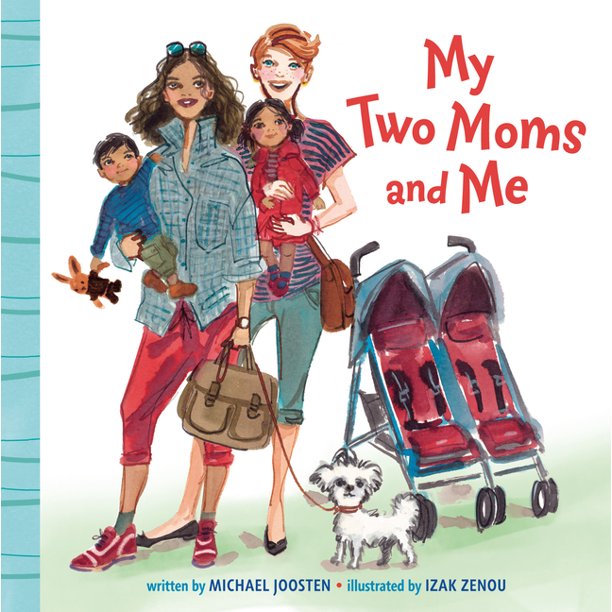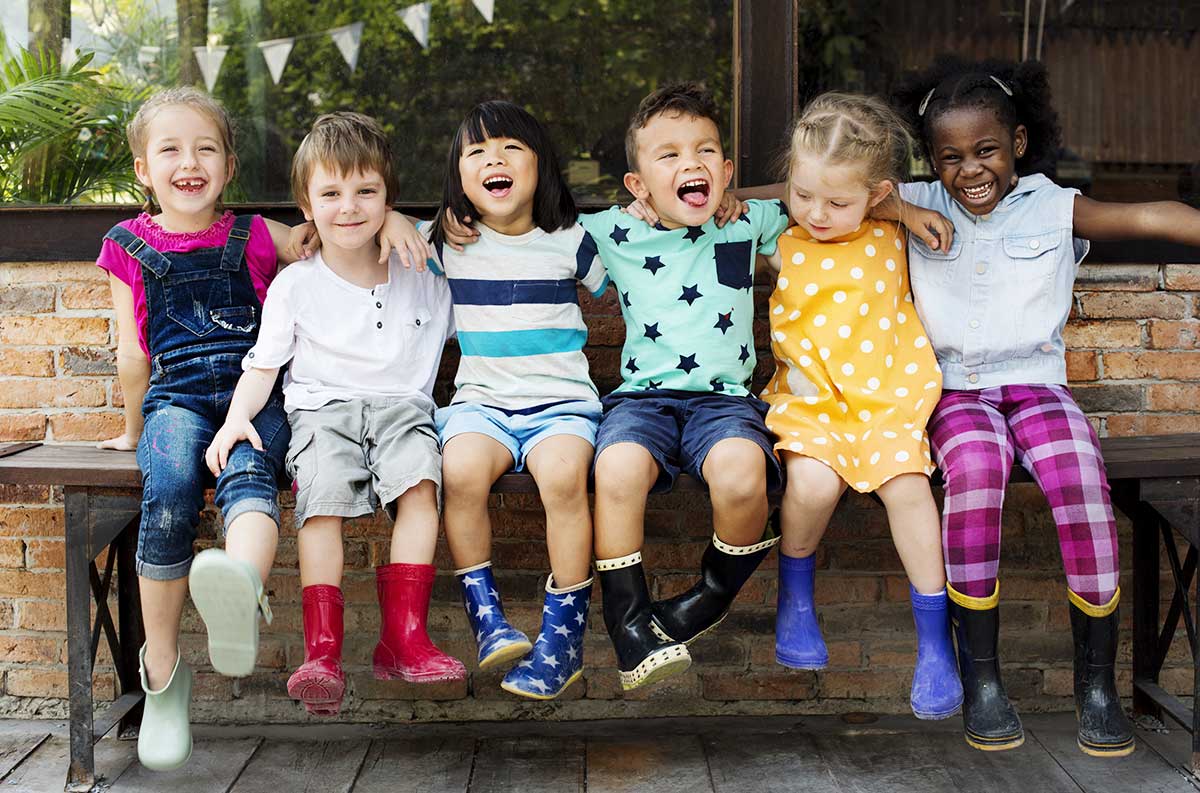
Inclusive Children's Book Teaching Guide
My Two Moms and Me
What is this book about?
My Two Moms and Me features a variety of diverse, loving families with two moms and their kids as they go about their days—eating breakfast, going on a playdate, heading to the pool for a swim, and settling back in at night with a bedtime story and a goodnight lullaby.
LGBTQ+ parents and their friends and families will welcome this smart, stylish and inclusive book, which reflects their own lives and families with artwork by fashion illustrator Izak Zenou.
Check out our teaching guide for the companion board book, My Two Dads and Me.
Who is depicted in this book?
What early childhood themes and concepts does this book explore?
- Families come in many forms
- Ways that family members spend time together and care for one another
- Familiar forms of play and daily routines, from waking up to going to bed
How does this book support anti-bias education?
Through its depiction of loving families with two moms, this book offers representation for children in LGBTQ+ families, as well as a space for them to demonstrate family pride and show that they are comfortable with and confident about their family structures.
Depending on how the book is shared or used—and the developmental level of the children—the images and text may be used to support the following core goal from the book, Anti-Bias Education for Young Children and Ourselves:
Identity—Teachers will nurture each child’s construction of knowledgeable and confident personal and social identities so that children will demonstrate self-awareness, confidence, family pride, and positive social identities.
How can this book be used to meet early childhood learning standards?
For all ages
Use My Two Moms and Me to meet early childhood literacy standards >
For children from birth to age three
Teaching suggestion: Point out familiar people and relationships depicted in the book. Relate them to each child, using the names that their families prefer. (In this book, parents are always referred to as “moms”).
What Illinois Early Learning Guideline does this meet for children from birth to age three?
Developmental DomainLanguage Development, Communication and Literacy
Standard: Receptive CommunicationChildren demonstrate the ability to comprehend both verbal and nonverbal communication.
Indicators for children:
- Recognizes and demonstrates understanding of familiar pictures, people and objects, such as saying “mama” while pointing to mother (16–24 months)
- Responds verbally and/or nonverbally to comments or questions while engaged in conversations with both peers and adults (21–36 months)
Teaching suggestion: Point out and model ways that the moms in the book show care for and demonstrate love to their children (sharing meals, going to the park, swimming, drawing with crayons).
What Illinois Early Learning Guideline does this meet for children from birth to age three?
Developmental DomainLanguage Development, Communication and Literacy
Standard: Early LiteracyChildren demonstrate interest in and comprehension of printed materials.
Indicators for children:
- Points to familiar pictures and actions in books (16–24 months)
- Recites part of book from memory (21–36 months)
For preschoolers (ages three to five)
Teaching suggestion: Invite the children to talk about family structure. Ask questions such as: "Who is in your family? What is the same and different among families?" Encourage the children to discuss and draw/write about their own families (including the people they consider to be family members) and the activities that they engage in together.
What Illinois Early Learning and Development Standards does this meet for preschoolers?
Social Studies Standard18BDevelop an awareness of self within the context of family.
Benchmark 18.B.ECa:
Understand that each of us belongs to a family and recognize that families vary.
See inside this book.

